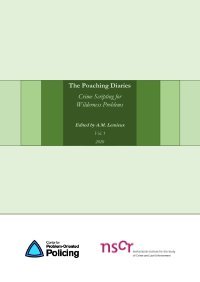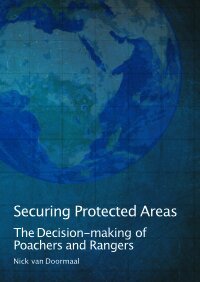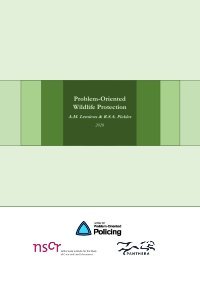Edited by A.M. Lemieux.
The Poaching Diaries is an edited collection of contributions on wildlife crime prevention and wilderness problems. It is an outlet for practitioners, policy makers, and academics to tell stories that facilitate problem-solving.
The aim of The Poaching Diaries is to present ideas that help governments and civil society diversify their approach to wildlife protection to achieve lasting impacts. The focus of this volume is crime scripting, a useful process for unpacking problems and designing clever solutions. Crime scripts are generated by developing detailed, step-by-step accounts of very specific crimes, in the specific contexts and environments where they take place. These scripts capture the full process of committing a crime, including steps taken before and after the criminal act itself. This is useful for identifying weak points in the chain of events to focus prevention strategies. For example, a subway pickpocketing event is part of a larger process, in which the offender has many decisions to make and actions to complete; one of these actions could be loitering on platforms to find victims. Looking at this stage in the crime script, a disruption strategy might focus on limiting access to subway stations for individuals without a valid ticket. This would make it harder, or at least more expensive, for pickpockets to work and therefore a less attractive environment for crime.
Phoenix, AZ: Center for Problem-Oriented Policing, Arizona State University, 2020. 126[p.




